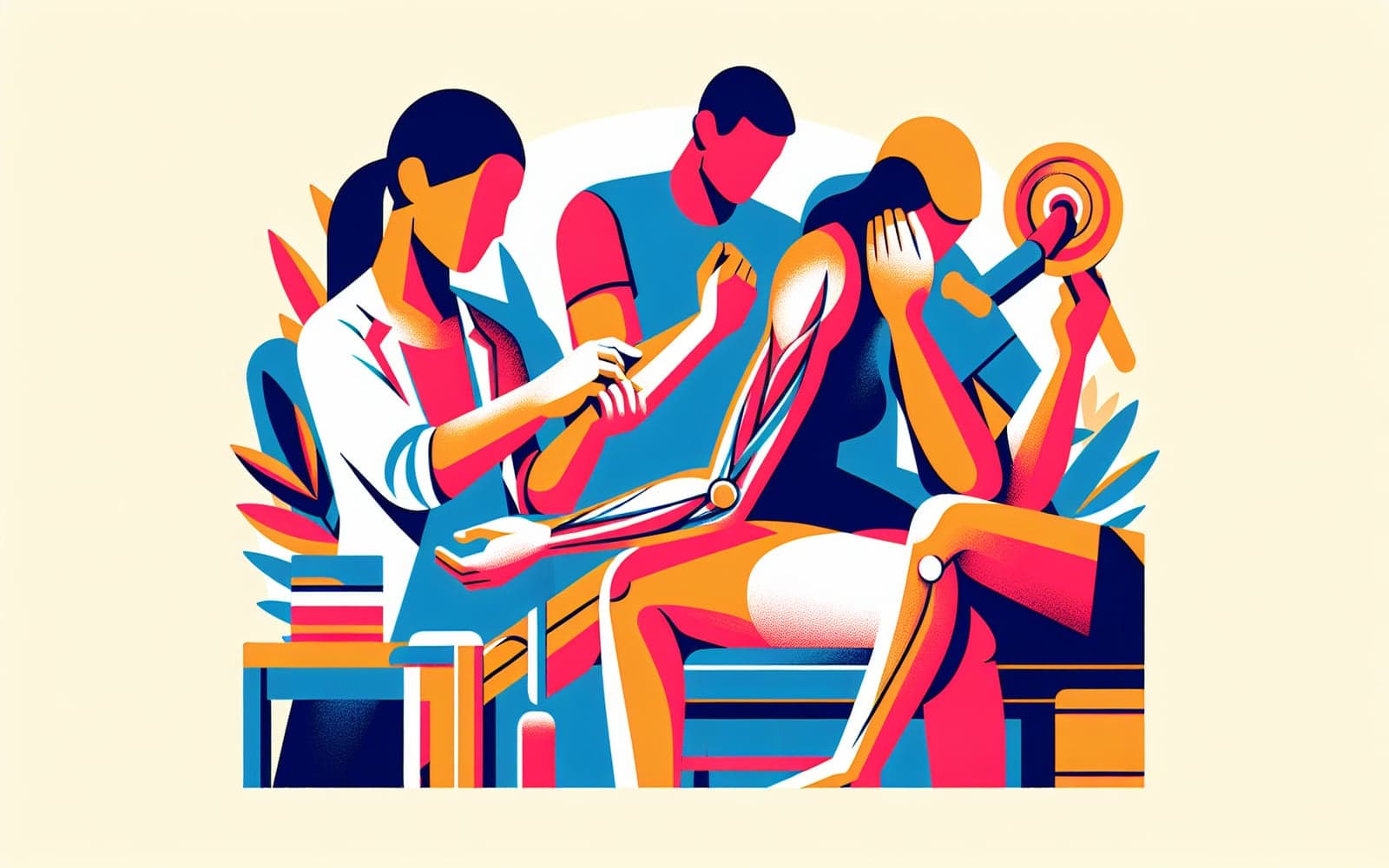Tendinopathy Risk Factors: Are You Pushing Your Tendons Too Far?
Published: May 21, 2024

Medically reviewed by Alan Lucks | MD, Alan Lucks MDPC Private Practice - New York on May 21st, 2024.
Tendinopathy doesn't just happen by chance. Understanding the risk factors can help you protect your tendons and prevent this painful condition from developing.
Contents
Training Errors: The Top Culprit
The most common cause of tendinopathy is improper training. Rapid increases in exercise intensity, duration, or frequency can overload tendons. Suddenly returning to previous activity levels after a break is also risky. Tendons need time to adapt to increased loads. Gradual progression in training and proper recovery time are crucial for tendon health.
Biomechanical Factors
How you move matters. Poor biomechanics can place excess stress on tendons. For example, limited ankle mobility is linked to patellar tendinopathy. Flat feet or high arches can contribute to Achilles tendon problems. Muscle imbalances or weakness in supporting muscles can also increase tendon strain. Addressing these issues through proper technique and targeted exercises can reduce risk.

Individual Characteristics
Some personal factors can increase tendinopathy risk. Age is one - tendons become less elastic and more prone to injury as we get older. Obesity puts extra load on weight-bearing tendons. Certain medical conditions like diabetes or rheumatoid arthritis can affect tendon health. Genetics may also play a role, with some people more susceptible to tendon problems.
Frequently Asked Questions
Often yes, by addressing modifiable risk factors.
Yes, those with repetitive motions or high impact.
Possibly, good nutrition supports tendon health.
It may, but proper technique is crucial.
Key Takeaways
By understanding and addressing risk factors, you can significantly reduce your chances of developing tendinopathy.
Concerned about your tendinopathy risk? Discuss your individual risk factors with Doctronic and develop a prevention plan.Related Articles
References
Magnusson SP, Langberg H, Kjaer M. The pathogenesis of tendinopathy: balancing the response to loading. Nat Rev Rheumatol 2010; 6:262.
Cook JL, Purdam CR. Is tendon pathology a continuum? A pathology model to explain the clinical presentation of load-induced tendinopathy. Br J Sports Med 2009; 43:409.
This article has been reviewed for accuracy by one of the licensed medical doctors working for Doctronic. Always discuss health information with your healthcare provider.

